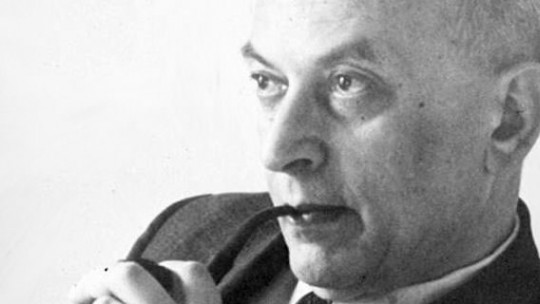
Sometimes, when a group carries out research where the participants’ performance on a task is evaluated, they do so above what is usual for them. This is not due to a newly discovered innate talent, but rather what scientists call the ‘Hawthorne effect’
This effect, discovered almost by accident by Elton Mayo more than 80 years ago, seems to manifest itself especially in research situations. We briefly explain his history and the different interpretations he has received..
Experiments at the Hawthorne factory
E. Mayo, Austrian industrial psychologist, carried out a series of experiments at the Hawthorne factory between 1924 and 1933, in order to investigate the relationship between lighting conditions and the productivity of its employees.
In the initial phase of the study, Mayo divided the workers into two groups: one worked under the same lighting conditions and the other under a light that the experimenters turned off little by little. Contrary to what was expected, both groups gradually increased their performance.
This unexpected fact motivated Mayo to continue evaluating the relationships between performance and other physical variables, such as those that produce fatigue and monotony in workers. Again, it was found that although the changes introduced were a priori detrimental, performance improved.
The most surprising thing about the study was that, even in the stages in which conditions were less favorable, there was no decrease in production as expected, which revealed the influence of variables other than those considered relevant at first. moment by researchers, such as that of social factors, in the explanation of productivity.
The conclusions of the May experiment
The Mayo group concluded that this was due to the research situation itself and the presence of experimenters, a phenomenon that in 1953 was called the “Hawthorne effect” in honor of the facilities where the research was carried out.
However, the workers had a different opinion For them, the factor that had the most weight in the continuous increase in performance was the improvement of personal relationships between workers and management. Apparently, with the aim of promoting collaboration, the experimenters created a warm climate where special attention was paid to the workers’ demands and they felt heard.
This suggestion became a conclusion and served as the basis, years later, for a new current in business administration and management that would place emphasis on human relationships, and would soon replace the current that emphasized efficiency and productivity through scientific study.
What do we know about the Hawthorne effect?
In general, the most accepted modern definition describes the Hawthorne effect as follows: The Hawthorne effect is the improvement of results simply by taking part in research or the increase in performance due to the introduction of a certain change in a study.
Social psychologists propose that subjects, upon realizing that they are being observed, generate beliefs about what experimenters expect of them. Motivated by conformity and social desirability, individuals change their behavior to align it with these beliefs.
It is impossible to give a precise answer about its mechanisms, since each discipline has taken the name “Hawthorne effect” to describe different phenomena, and therefore propose different explanations. Because of this, its meaning has been mutating and investigating the effect has been confusing and lax.
From the multiple definitions proposed by social psychologists, six characteristics are extracted that are typical of the situations in which the Hawthorne effect occurs:
Frequently, researchers establish a good relationship with the subjects in order for them to collaborate with them. Thus, the experimenter may be introducing changes in behavior through the creation of a warm climate and an environment where workers’ complaints and suggestions are heard.
Criticisms of the concept
In a research context, any alteration in behavior as a consequence of its observation or study is called the Hawthorne effect. For this reason, some authors point out that it is an a posteriori interpretation of unexpected results, especially when these are contrary to the initial hypothesis.
Even Mayo’s original research has been questioned and criticized numerous times Alternative interpretations of performance gains have been offered that shake the foundations of research.
For example, the cessation of strict supervision of employers, receiving positive attention, the introduction of rest breaks, or the perceived possibility of losing one’s job are alternative explanations to those originally proposed by Mayo and colleagues.
The experiments also received other negative criticisms of their design; The experts who worked did not have research training and the results were not sufficiently contrasted.
Today, most of the research dedicated to validating the Hawthorne effect concludes that there is not enough evidence to support its existence.
Thus, a concept that for years has served as a scapegoat in scientific literature is likely nothing more than the reflection of a bias in the interpretation of results decades ago.








